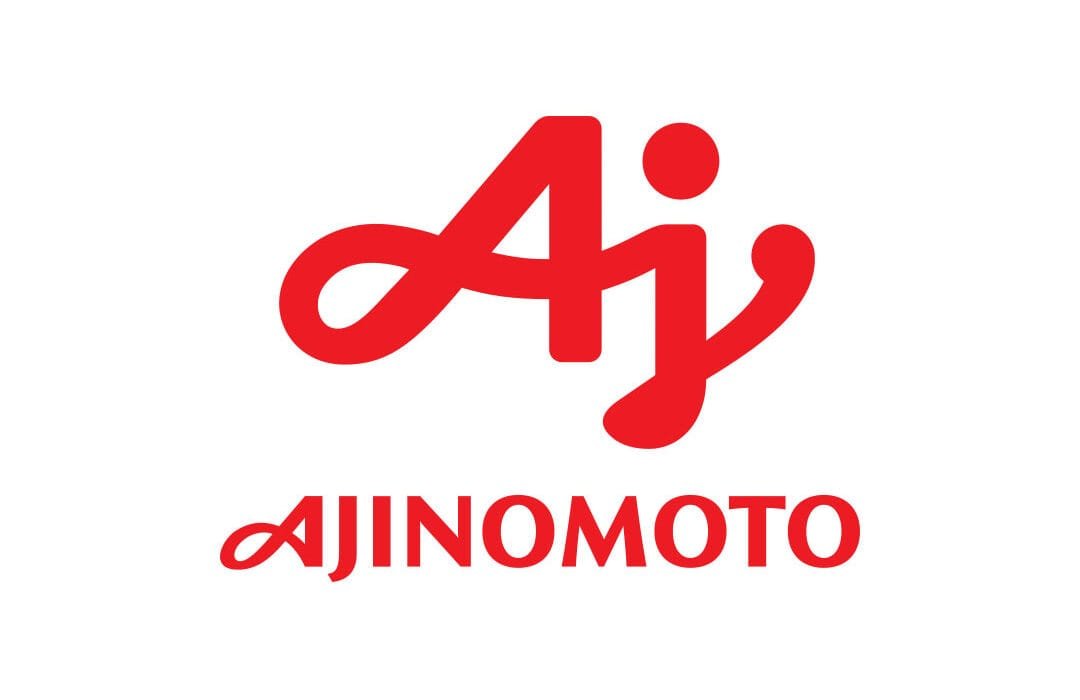Ajinomoto Philippines Corp. aims to power its Cebu plant with 100% renewable energy by 2025 to save energy and reduce carbon emissions as it expands production in the Philippines.
Transition to Renewable Energy Sources
According to Koichi Ozaki, president of Ajinomoto Philippines, their goal is to transition their Cebu factory to 100% renewable energy by 2025. The company is currently negotiating with suppliers to make this a reality.
He mentioned that the original goal for the transition of the Cebu plant was 2024. However, the target has been revised to 2025 due to ongoing negotiations.
Mr. Ozaki emphasized that their business operations will result in almost zero emissions once these changes are implemented. The overhaul of the Cebu factory presents a significant challenge, but it will also substantially contribute to society.
Savings and Emissions Reduction
In December, Ajinomoto Philippines announced its factory’s complete shift to renewable energy in Bulacan through a partnership with Ayala-led ACEN Renewable Energy Solutions.
Ernie S. Carlos, the chief sustainability officer of Ajinomoto Philippines, stated that the complete transition of the Bulacan plant has resulted in monthly energy cost savings of Php200,000.
Mr Carlos reported that after switching to 100% renewable energy in Bulacan, they have been saving approximately P200,000 per month, amounting to P2.4 million per year when multiplied by 12.
The company has specific objectives for carbon emissions, specifically to reduce carbon emissions by 2,000 metric tons per year. Ajinomoto Philippines aims to achieve a 95% reduction in greenhouse gas scope 1 and 2 emissions compared to 2018 levels by 2030.
Future Investments and Business Expansion
When asked about the company’s prospects in the Philippines, Taro Fujie, president and chief executive officer of Ajinomoto Co., Inc., expressed optimism due to the growing Philippine economy.
“We want to expand the Philippine business more and more, and we would like to invest in the Philippines more and more because the Philippine possibilities are huge,” he said.
Mr. Fujie stated that the planned investments will involve diversifying to encompass frozen foods, supplements, and other items.
The entire group would like to increase investments in the Philippines, focusing not only on seasonings but also on gyoza (Japanese dumplings) and other products.
Mr. Ozaki emphasized the need for the company to explore more business opportunities in the Philippines.
He indicates that the next challenge will be expanding the country’s business portfolio, and he firmly believes that the Philippines has great potential.
When asked if they plan to manufacture the new products in the Philippines, he said, “It depends. We have to consider whether some of the products can be made here. To expedite the process, we can also utilize another Ajinomoto Group asset and import from another country,” he added.
Ajinomoto’s Group’s Growth Targets
The Ajinomoto Group expects to achieve a 10% compound annual growth rate (CAGR) through 2030, focusing on four growth areas: healthcare, information and communications technology, food and wellness, and green food.
“We are setting a very challenging and ambitious target for 2030 … In fiscal year 2021, the profit from food accounted for two-thirds of our profit while bio and fine chemicals accounted for one-third, but we can expand the bio and fine chemicals to be able to expand our business CAGR to over 10%,” Mr. Fujie said.
Source: Ajinomoto to convert Cebu plant to run on full renewable energy


